Bob Peterson is Professor of Entomology at Montana State University, where he leads the research, teaching, and outreach program in Agricultural and Biological Risk Assessment.
Additional areas of research emphasis include insect ecology, plant-stress ecophysiology, and integrated pest management. He has authored or co-authored 106 peer-reviewed journal articles, 14 book chapters, and one book.
He received his BS in entomology from Iowa State University and his MS and PhD in entomology from the University of Nebraska. He has been at MSU since 2002. In 2019, Bob will be president of the Entomological Society of America, the largest organization in the world serving the professional and scientific needs of entomologists and people in related disciplines. Founded in 1889, ESA today has more than 7,000 members affiliated with educational institutions, health agencies, private industry, and government.
Before we start, would you tell us just what qualifies as an insect? Is it everything creepy-crawly, are they the same as bugs…or can you give us a good definition?
Insects are definitely not the only “creepy-crawly” animals out there. Insects are animals that, as adults, have three main body parts (a head, thorax, and abdomen) and six legs. They also have what’s known as an exoskeleton, which essentially is a skeleton on the outside of the body. These simple features have resulted in insects being the most successful organisms on earth, both in terms of numbers of individuals and numbers of species. In fact, two out of every three species are insects. There are more than one million insect species that have been described and there are likely at least another three million insects that have yet to be discovered and described. A typical acre of land in Montana has about one million ants. I always say the meek won’t inherit the earth—insects will.
We are guessing that climate change will have a lot to do with insect life in 2047. What do you think will be the impact on Montana in general?
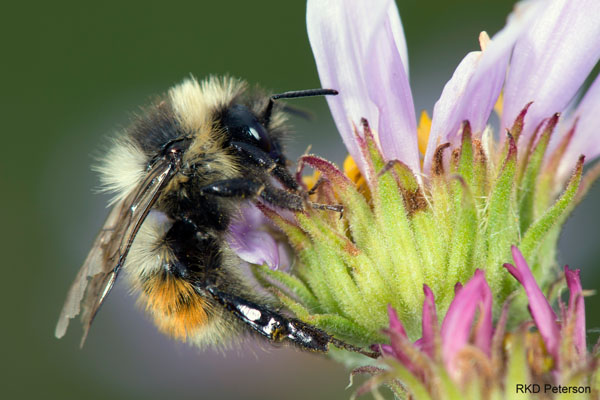
Like everything else, insects will be affected by warming trends and altered precipitation patterns. Unlike warm-blooded animals like us humans, the speed of insect development is largely based on ambient temperature, so warming trends will directly affect their development. Because there are so many species of insects, and most haven’t been studied at all, we really can’t make any generalizations about all insects. However, we do know that the ranges of some well-known pests, such as mosquitoes and ticks, are expanding in Montana because of milder winters and hotter summers. We also know that ranges and populations for some beneficial species, such as some bumble bees, are shrinking because of temperature and precipitation changes. Some insects will adapt to these changes over the next thirty years and others won’t. We will surely see shifts in species and population numbers. One thing is certain for Montana: Issues surrounding insects will only increase in importance. Between now and 2047, we will undoubtedly have new, invasive insect species entering the state and causing significant problems for our environment and economy. Warming trends and precipitation patterns will no doubt exacerbate these problems.
What biotic (living) and abiotic (non-living) factors will most influence insect populations into the future.
In temperate areas like Montana, abiotic factors play a huge role in influencing insect populations. Large temperature swings and atypical heavy rain, hail, and snow in spring and summer can decimate developing populations of some insects, especially those living on plants. Fortunately, most insects can rebound relatively quickly from these weather events. However, some insects might have a tougher time rebounding if these events increase in frequency over the next 30 years. Biotic factors also play a large role in influencing insect populations. The most important predators and parasites of insects are other insects.
What scientific innovations are likely to be critical for managing insect populations and outbreaks?
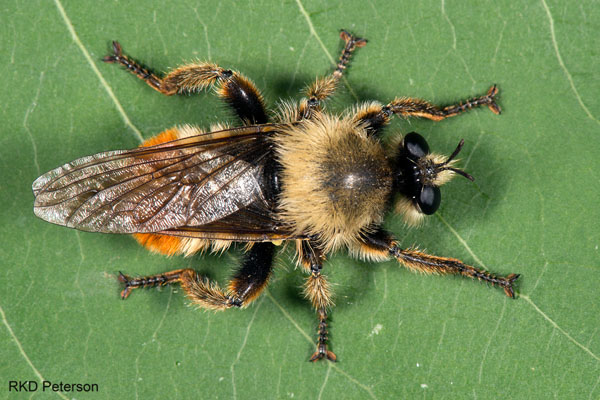
Critical innovations will continue to address management tactics that focus on specific pest species. We have evolved from technologies, like broad-spectrum insecticides, that do not discriminate between insects to new products and approaches that can focus like a laser on a single pest species, thus minimizing effects on what we call “non-target species.” Despite new technologies, there is no “silver bullet” for insect pest management. We must continue to manage pest species within the ecosystems in which they (and we) live. That will require approaches to ensure long-term sustainable management that avoids the evolution of resistance by the pests to specific tactics.
What invasive species of insects are most likely to habituate to Montana and cause the biggest problems?
If I knew the answer to that question, I would be a very famous entomologist, indeed! It is extremely difficult to predict which species will most likely invade new areas (this applies to all species and areas, not just insects and Montana). The invasive insect species that we are most concerned about are those that cause economic and human- and animal-health problems. So, we are constantly on the alert for invasive mosquitoes, other biting flies, ticks, wood-destroying insects, and crop pests (especially pests of wheat, Montana’s major crop).
Tell us about some of the good insects we might want to encourage over the next 30 years.
A tiny fraction of insects are pests. Therefore, we want to encourage nearly all insects to ensure healthy environments. They are a critical to the function of ecosystems. Of particular note would be insects that feed on other insects (like lady beetles) and insect pollinators (like bees, butterflies, and flower flies). Insect pollinators not only need pollen and nectar, but they also need places to live when they’re not feeding on flowers. As long as we encourage diversity in plants and animals in our environment, we will encourage the “good” insects.
Is there anything the average layman can do to discourage unwanted species and encourage desirable species?
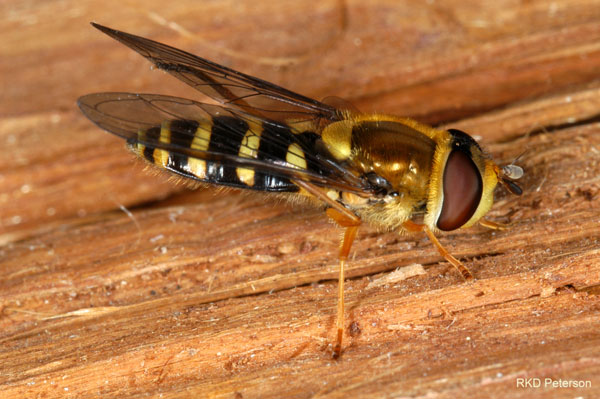
For desirable species, offer habitat around your house consisting of diverse plant species and living areas, such as rocks, soil, water sources, bark, and mulch. For unwanted species, it will depend on the specific pest. If we just look at mosquitoes, there are several things you can do. For your yard, you should drain standing water from containers such as buckets, bottles, cans, pool covers, flower pots, pet water bowls, and clogged rain gutters. For containers such as pet water bowls, vases, and bird baths, you should replace the water every few days and thoroughly clean them once per week. Also, you should fix any leaky outdoor pipes and faucets. If you have ponds or other water features on your property, you can apply cakes or granules of Bacillus thuringiensis israelensis (commonly just called Bti) to manage the immature mosquitoes developing in water. You can apply some control products for adult mosquitoes directly on vegetation around your home. These vegetation treatments serve as a barrier for mosquitoes. However, I recommend that you have a pest management professional do this type of treatment. They have the appropriate equipment and will ensure that risks to insects other than mosquitoes (such as bees) will be low. You can help keep mosquitoes out of your home by ensuring that window and door screens are intact and windows and doors are appropriately sealed around their edges. To protect your person from being bitten, use repellents such as DEET, picaridin, and IR3535 as directed on their product packages. If possible, avoid being outside in the early morning and evening hours when mosquitoes are active (which is much easier said than done!).

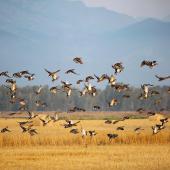


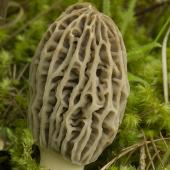

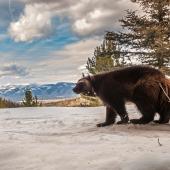
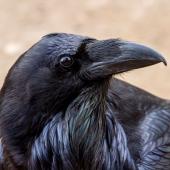
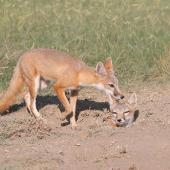
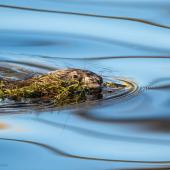
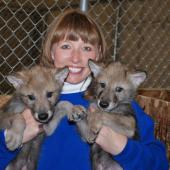

Leave a Comment Here